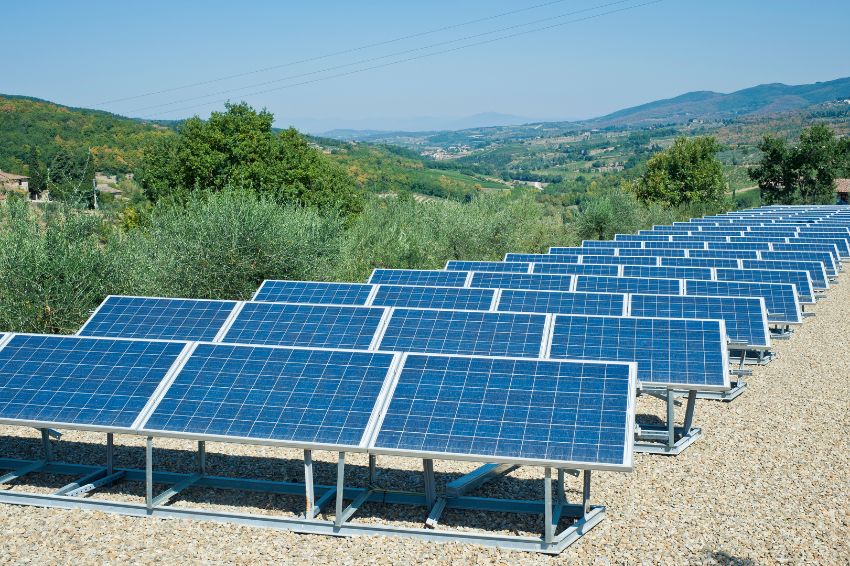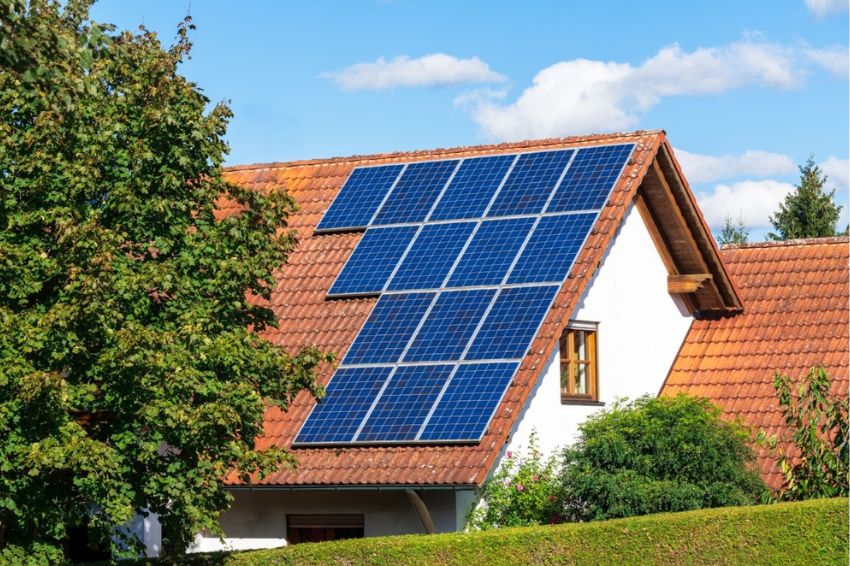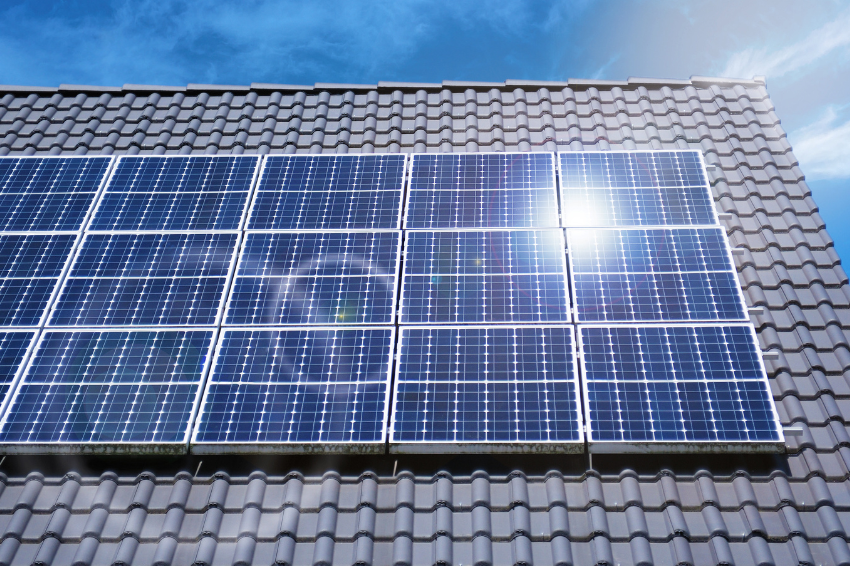The off-grid system or autonomous system has as its main characteristic the operation no connection to electrical networks.
This model is an option that has been gaining ground in the photovoltaic market, offering consumers an autonomous technology that guarantees the storage of surplus solar energy.
How does the system work?
The system is called autonomous or isolated, as it consists of its own energy generation and supply through localized batteries in the system.
The system does not need to be connected to electrical distribution networks for operation. On cloudy days or at night the batteries come into action and supply the place with solar energy stored.
Batteries have a similar function to utilities, as they allow stable and uninterrupted energy.
This project is made up of four fundamental elements, such as solar panels, charge controllers, inverters and batteries.
Advantages of the off-grid system
Discover the five main advantages of off-grid photovoltaic systems:
- Safe and suitable for remote locations;
- Exemption from the “availability fee” on the electricity bill;
- Independent of distribution networks;
- Supply from own batteries;
- Renewable energy.
Disadvantages of the off-grid system
Discover the four main disadvantages of off-grid photovoltaic systems:
- Higher cost compared to on-grid;
- In unfavorable weather conditions, it loses its yield;
- Need to use battery and load controllers;
- Emission of pollutants recurring to the use of batteries.
Who is it recommended for?
Initially, the off-grid system emerged to meet the demand for places where there is no access to electrical networks. This group is still the main consumer public, in rural areas, farms and other residences.
Needing to install an off-grid system? Find easily solar energy companies in your region!
Subsequently, there is an understanding that it can be used for other audiences and environments due to the advantages offered by the technology.
Currently, the use of off-grid photovoltaic systems can reach different types of users, but the high cost, due to the value of the battery bank present in the product, alienates part of the consumers.
Despite the advantage of dispensing with distributor services as it is not connected to the network, it is still an expensive technology for users who can use it from the on-grid technology.
For those who live in large cities and have financial availability, the use of systems hybrids — the combination of on-grid and off-grid models — is recommended.
Invest in solar energy training and courses can help you better understand the options available and make more informed decisions about using these technologies.

















